

An impressive treasury of more than 19,000 images of the Southwest and Mexico, ranging from historical images to 20th-century masters and emerging 21st-century artists. The Wittliff boasts the finest holdings of documentary photography and photojournalism by Mexican photographers in the United States.
The Wittliff highlights its photography collections throughout the year with special exhibitions, several of which are available for loan to other museums. The collection is also available for viewing and research by appointment.
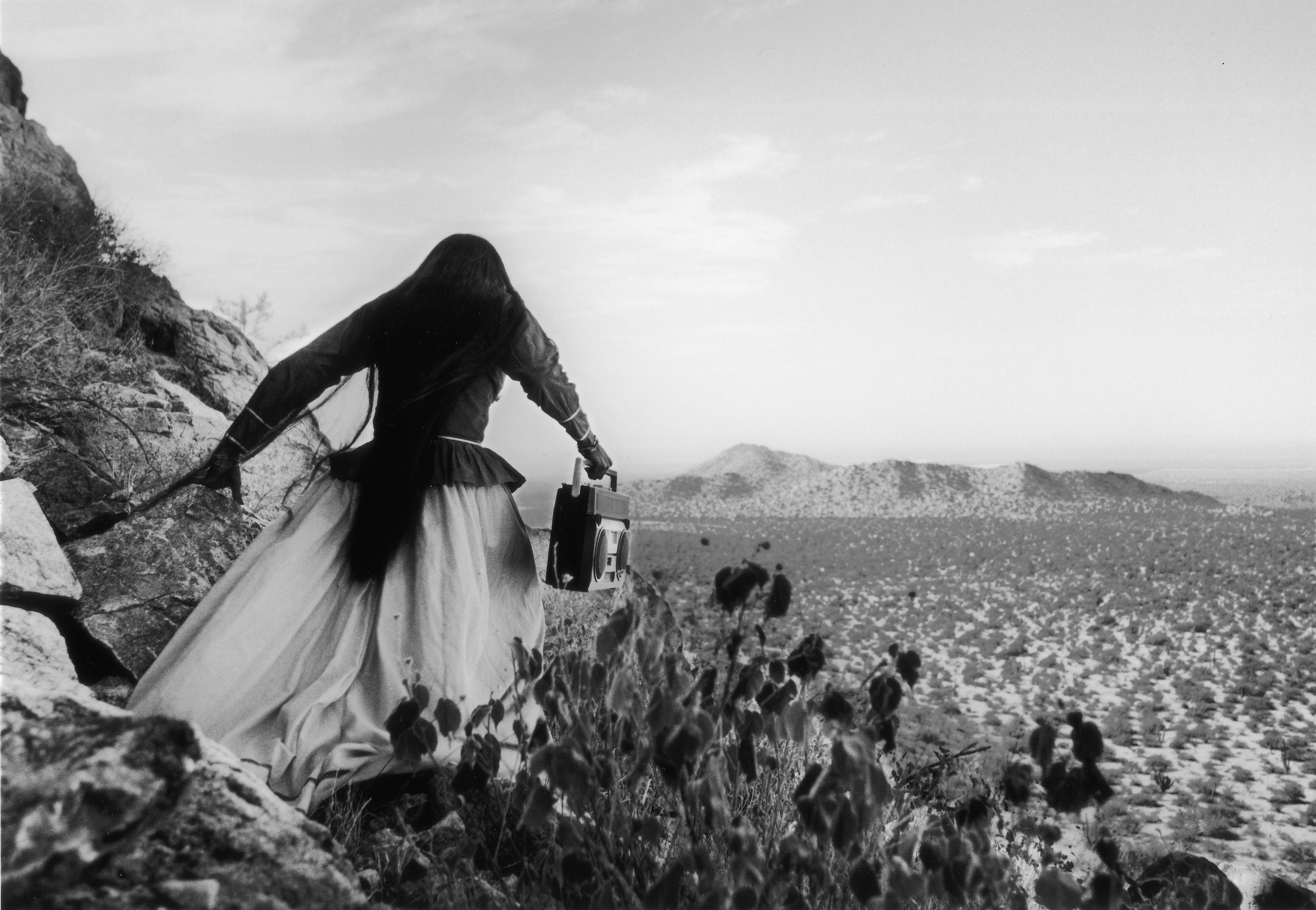
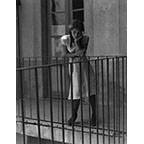
Manuel Álvarez Bravo (Mexican, 1902-2002)
One of the founders of modern photography, Manuel Álvarez Bravo is Mexico’s most accomplished and renowned photographer. His images are masterpieces of post-revolutionary Mexico, composed with avant-garde and surreal aesthetics that resonate with stylized vision. “Don Manuel,” as he was called, died at the age of 100 in October 2002. (58 photographs)

Yolanda Andrade (Mexican, 1950-)
Andrade is best known for her black-and-white photography at the Zocalo, Mexico City's central square, where she has captured "Mexican Passion" at celebrations, festivals and general street life. She has received grants from the National Endowment for Culture and Arts in Mexico and in 1994 was the recipient of a Guggenheim Memorial Foundation fellowship. (80 photographs)

Jayne Hinds Bidaut (American, 1965-)
Drawn to traditional photographic technologies, Bidaut has worked extensively with tintypes. Her second book, Animalerie, featuring haunting images of animals in pet shops in Europe and North America, was published with The Wittliff in 2004. (153 photographs)
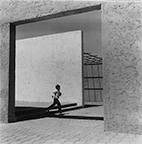
Lázaro Blanco (Mexican, 1938-2011)
In 1968 Blanco began his career as director of the Casa del Lago, UNAM, which he directed until his death, while also working as a teacher, critic, exhibition curator, writer, and photographer. He won many awards for his art criticism as well as his photography. He was a founding member and the first vice president of the Mexican Council of Photography. (60 photographs)
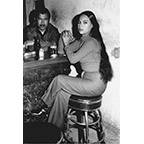
Boystown
Boystown is a “zone of tolerance” for prostitution in Nuevo Laredo, Mexico. In the 1970s, Bill Wittliff acquired and preserved thousands of negatives from the photographers who took party pictures there, providing an eyewitness account of those who lived and worked there. Boystown: La Zona de Tolerancia was published with The Wittliff Collection by Aperture in 2000. (7,292 photographs)
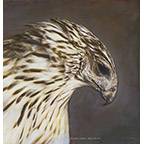
Kate Breakey (Australian, 1957-)
Born in Adelaide, South Australia, and currently living in Arizona, Breakey is best known for a body of work entitled Small Deaths, a series of hand-painted photographs of found animal remains that glow with life. She has published three books with The Wittliff: Small Deaths (2001); Painted Light (2010); and Las Sombras / The Shadows (2012). The Wittliff is the largest repository of Breakey’s work. (627 photographs)

Hugo Brehme (Mexican, b. Germany 1882-1954)
Brehme opened a photography studio in Mexico City in 1912. He predominantly created photographic print postcards of the Mexican Revolution, scenic landscapes, colonial architecture, and everyday life of indigenous peoples. Timeless Mexico: The Photographs of Hugo Brehme was published with The Wittliff (2012). and written by Susan Toomey Frost, who donated the Brehme collection. (1,798 photographs)

Keith Carter (American, 1948-)
Called “a poet of the ordinary” by the Los Angeles Times, Carter’s haunting, enigmatic photographs have been widely exhibited in Europe, the United States, and Latin America. Carter has published three books with The Wittliff: Keith Carter: Twenty-Five Years (1997); Ezekiel’s Horse (2000); and A Certain Alchemy (2008). The Wittliff is the largest repository of Carter’s work. (1,371 photographs)
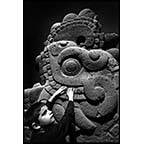
Marco Antonio Cruz (Mexican, 1957-2021)
Cruz worked in Mexico City as assistant to the documentarian Héctor García and was heavily influenced by the work of Nacho López. Cruz has published as a photographer in major newspapers and magazines. Cruz is best known for documenting the blind in Mexico for decades, producing thousands of images. (55 photographs)

Edward Curtis (American, 1868-1952)
Curtis was a Seattle-based portrait and landscape photographer best known for his mammoth project The North American Indian (1907-1930), whose ambition was to document Native American peoples and their culture at the beginning of the 20th century before they vanished altogether. The lavish publication comprises 20 volumes of text and images, plus 20 large portfolios of images. (2,217 photographs)
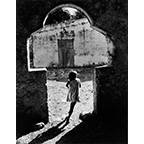
Héctor García (Mexican, 1923-2012)
García has been hailed as “The Photographer of the City,” and his iconic work is prized for its sense of witness. García’s photography grew out of his social consciousness —he first began taking pictures in the 1930s to document protests by the working class in which he participated— and he was much honored in his career as a photojournalist and a filmmaker. (73 photographs)
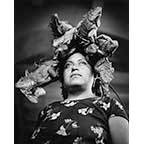
Graciela Iturbide (Mexican, 1942-)
Iturbide is best known for her work with the Seri Indians in the Sonora desert and the Zapotecs of Juchitán, which earned her a Eugene Smith Award. Her work fuses interest in traditional culture with a contemporary vision and has gained her enormous recognition throughout the world. Eyes to Fly With: Portraits, Self-Portraits, and Other Photographs (2006) was published with The Wittliff. (260 photographs)
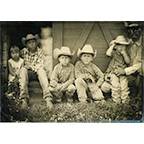
Robb Kendrick (American, 1963-)
Kendrick has worked for National Geographic, Life, Sports Illustrated, Audubon, and Smithsonian magazines, and his preferred technique is the tintype. He is best known for images of cowboys from across the United States and Mexico. (111 photographs)
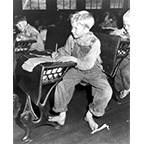
Russell Lee (American, 1903-1986)
Lee's remarkable career in photography included many significant projects, most notably work for the Resettlement Administration, later renamed the Farm Security Administration. For the FSA, Lee crisscrossed the United States, documenting rural and urban communities and leaving a legacy of over 70,000 negatives. Lee became the first photography professor at the University of Texas in Austin where he taught from 1965 to 1973. (481 photographs)
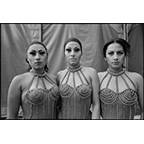
Mary Ellen Mark (American, 1940-2015)
One of today's most respected and influential photographers in the world, Mark's imagery is renowned for its high degree of humanism and has become a landmark of documentary photography. Her book Man and Beast: Photographs from Mexico and India (2014) was published with The Wittliff. (136 photographs)
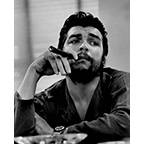
Rodrigo Moya (Mexican, b. Colombia, 1934-)
Moya began as a photojournalist, covering the convulsive period that shook Latin America during the 1950s and ’60s. He then continued to photograph for himself, and his imagery ranges from the sea to the countryside, the streets of Mexico, religious processions, and people. His book, Fotografía y conciencia / Photography and Conscience (2015) was published with The Wittliff. (252 photographs)
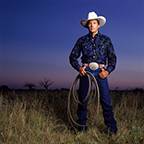
Michael O’Brien (American, b. 1950-)
O’Brien first worked as a staff photographer for the Miami News, winning two Robert F. Kennedy Journalism Awards for outstanding coverage of the disadvantaged. For the next 14 years he freelanced out of New York for numerous publications. Since 1993, O’Brien has lived in Austin, where he continues to do commercial and editorial work as well as personal projects. (106 photographs)
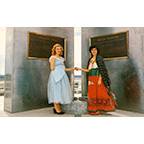
Postcard Collections
A huge assortment of photographic postcards of Mexico and its border with the United States, acquired and donated by Daniel Arreola and Susan Toomey Frost. Areas of collecting include State of Chihuahua, as well as Acapulco, Baja California, Xochimilco (Mexico City), Monterrey, Taxco, and postcards from 22 Mexican border cities and towns. (4,232 photographic postcards). A recent donation includes postcards of Archaeological Sites and Artifacts, State of Jalisco, CDMX - Mexico City (formerly Distrito Federal), The State of Morelos, The State of San Luis Potosí, Mexican Volcanoes, and The Yucatán Peninsula Collections.
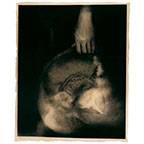
Josephine Sacabo (American, 1944-)
Sacabo lives and works mostly in New Orleans where she uses poetry and prose as the genesis of her work. Her photographs accompany Juan Rulfo’s classic text for Pedro Páramo, published with The Wittliff (2002). (62 photographs)
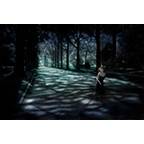
Rocky Schenck (American, 1955-)
Schenck taught himself photography while taking production stills on the sets of his low-budget, experimental movies. He has published two books with The Wittliff: Rocky Schenck: Photographs (2003) and Rocky Schenck: The Recurring Dream (2016). The Wittliff is the largest repository of Schenck’s work. (212 photographs)
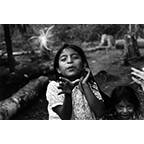
Antonio Turok (Mexican, 1955-)
Turok has photographed the human condition throughout Central America and Southern Mexico for the past 35. He was the only photographer to take images of the Zapatista National Liberation Army as they occupied the colonial city of San Cristóbal de las Casas in 1994 and was the first to photograph Subcomandante Marcos. (93 photographs)
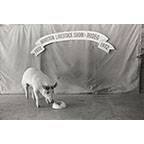
Geoff Winningham (American, 1943-)
Winningham, who has taught photography at Rice University since 1969, is best known for his black-and-white documentary work on Texas subjects—high school football, rodeos and livestock shows, and early wrestling. (316 photographs)
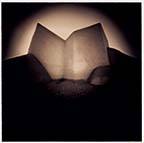
Bill Wittliff (American, 1940-2019)
Founding donor Bill Wittliff is a distinguished writer, film producer, and photographer whose images have been published in two monographs—Vaquero: Genesis of the Texas Cowboy (2004) and La Vida Brinca: A Book of Tragaluz Photographs (2006)—and two books about the miniseries Lonesome Dove: A Book of Photographs from Lonesome Dove (2007) and A Book on the Making of Lonesome Dove (2012). (2,629 photographs)
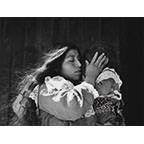
Mariana Yampolsky (Mexican, b. United States 1925-2002)
Yampolsky worked as a printer and engraver, and began experimenting with photography in the 1940s. A major Mexican photographer in her own right, Yampolsky also was instrumental in building The Wittliff’s Mexican photography holdings by serving as a conduit to dozens of living photographers in Mexico. Her book The Edge of Time: Photographs of Mexico (1998) was published with The Wittliff. (261 photographs)
- Facebook
- Twitter
- Instagram
- Youtube
Email List